Love this simple break-down from Business Insider:
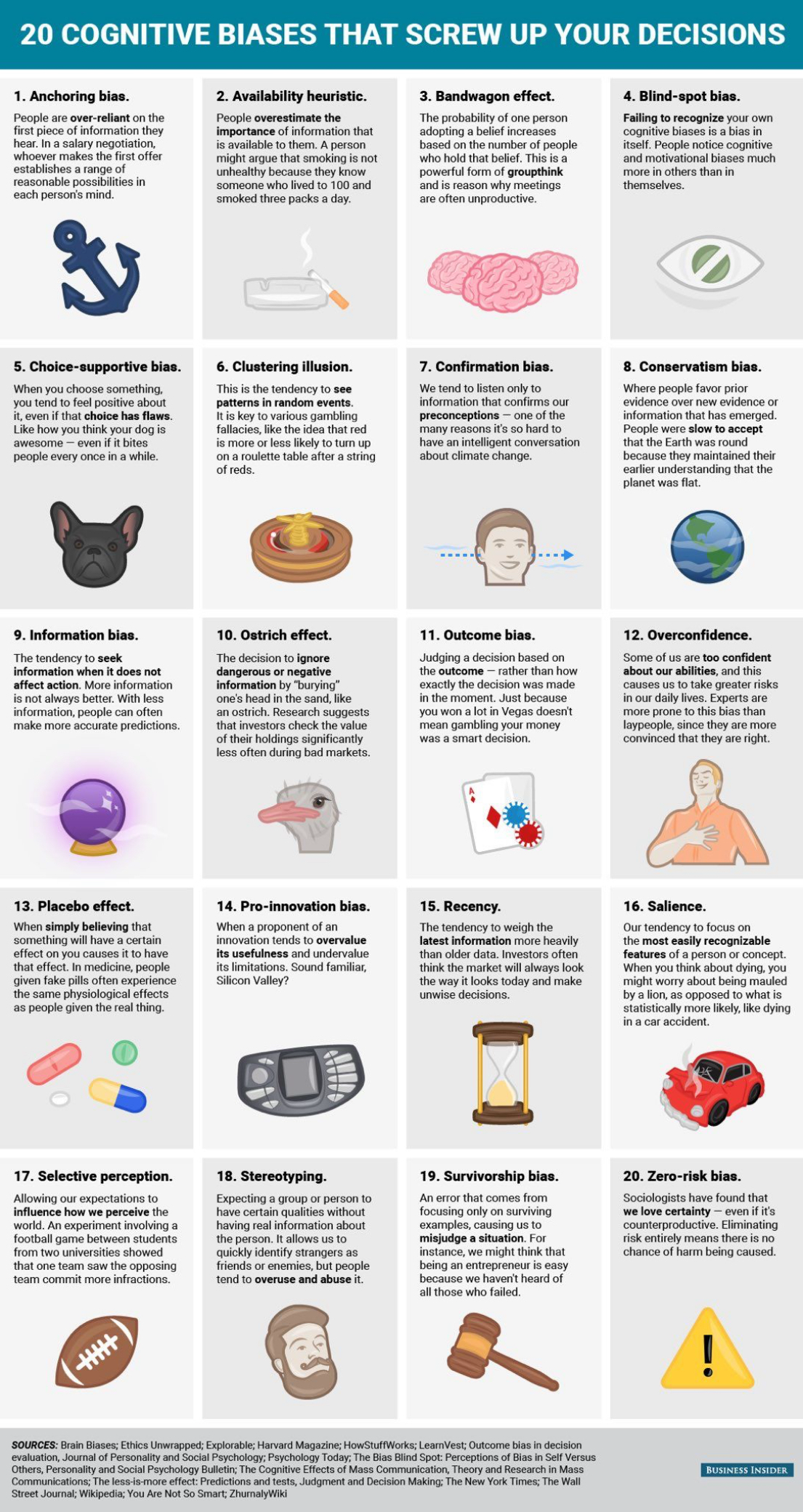
Love this simple break-down from Business Insider:


A.I. Machine Learning. Large Language Models (LLMs).
These technical terms are no longer news to many practitioners of higher education. Why? Because A.I. (“AI”) is already having a huge impact on the classroom and learning activities. In 2023, students gained free and easy access to AI-augmented tools like ChatGPT to fulfill writing assignments and related coursework.
There are already dozens of A.I.-driven writing applications. Soon there will be thousands. What does this mean for the future of learning?
AI is already transforming the classroom.
The use and misuse of AI tools is now part of the classroom conversation. There is no avoiding it. In some classes, using AI may play an important part of coursework, and in others it may be frowned upon or expressly forbidden. Unless there are campus-wide policies (which seem unlikely at the moment), each faculty member will determine what is best for a particular subject.
Of course, many learning applications are already using machine learning to create learning experiences for students: Personalized and adaptive learning systems offer different learning paths for students. Automated assessment and analytics support teacher feedback. And software always promises administrative efficiencies. But AI writing tools are having a much greater impact, and more immediately. Why? Because AI-influenced writing defies our old methods of assessment.
If a student turns in a well-organized and seemingly well-written assignment, we might assume they spent time on it. But no longer. If they used an AI writing tool, their assignment may be largely fabricated by AI. This is the basis of a skeptic’s stance towards allowing AI: How can I know what (or how) the student really thinks?
However, a faculty proponent of AI might respond: Using AI to think and write is the future. Students need to practice using it. For this faculty member, reading and reviewing AI-influenced writing is part of the job. A “traditionalist,” on the other hand, may see AI-influenced writing as obscuring the possibility of accurate assessment. How can the concerns of both these perspectives be assuaged? The answer seems to be knowing what exactly is being assessed, and in this way, using AI tools may not be too different from using and citing any research aid.
Academic honesty is key.
In this environment, faculty expectations for academic honesty will take on a heightened importance. In fact, I think we will get to the point (sooner rather than later!) where degrees are accompanied by something akin to an “‘honesty rank.” Like a credit score rates credit worthiness, an honesty rank will put a rating to a student’s knowledge worthiness.
Perhaps ironically, it will be AI-driven tools that help faculty assess students knowledge worthiness, and rank their honesty against their peers. As a feature of an academic credential, this will help academic communities and employers better understand an individual’s educational background, and their ability to use both their mind and the AI-driven tools available to them.
This is just one way I can imagine educators adapting to this new landscape of writing, researching, and answer-seeking. The conversation on campus is really just beginning, and it is an exciting and interesting time for charting the future of learning. ChatGPT offers us the follow reminder:
While these potential transformations are promising, it’s essential to approach the integration of AI in higher education with careful consideration of ethical, privacy, and security implications to ensure the responsible and effective use of these technologies.
– ChatGPT 3.5
(Now, that’s not wrong, but is it really apropos?)

Session description:
The lecture is dead; long live the lecture! Today, instructors face a daunting task of teaching across face-to-face, online, and hyflex modalities where the traditional lecture is often deprecated as an outmoded method of instruction. But expert narratives can and should be reimagined in and across new media and new learning spaces. What I call a “collaborative transmedia lecture” is a framework for evolving lectures with new technologies. With an eye on video production and diverse learning platforms, this session highlights new opportunities for engagement and learning.
SXSW EDU is organized around similar themes as SXSW: innovation, multimedia, and networking. In short, it’s “a celebration of innovation and learning.” I’ve attended virtually for two years, and find it to be an exciting mix of viewpoints and formats. This year, I’ve submitted a proposal for the first time. I chose the format of a 30-minute solo presentation for my talk.
Some ideas I will define and discuss in my session:
To me, these are all key aspects of the future of higher education. Why? Let’s briefly look at each idea:
Post-pandemic hyflex teaching
At Pace University, I help faculty create engaging multimedia (primarily video) for courses. Student preferences continue to evolve, and the pandemic has left us with the remnants of hyflex: the desire to access course experiences (lectures and in-class activities) on demand. This isn’t always possible, but faculty need to find ways to make their course content as accessible as possible without the downside of the recorded-with-the-webcam-during-class aesthetic.
The instructor as copyleft DJ
A simple way to enhance any slideshow or recorded lecture is with images. Used in the right way at the right time, images help students engage with and remember content. Searching for images (or generating them with AI) is a good strategy for illustrating lectures, and copyleft (and public domain) content provide a trove of possibilities. To me, this feels a bit like the work of a DJ curating a great multimedia experience.
Student-led content curation
Faculty don’t have to do all the work–and shouldn’t. Students should participate in activities that require research, like investigating the history of a topic. An instructor can incorporate student research, discussion, and share-outs into lectures. This content can be brought into the course platform during or after a class session. With a creative and playful mindset, students (and faculty) can also share course-related content on social platforms beyond university-sanctioned tools.
TikTok edits and glam-casting
Translating a lecture into a video format is hard. While it’s easier than ever to capture video, it still requires a lot of attention and time, starting with a great script. I believe many faculty members avoid video because it is much less forgiving than delivering a lecture in person–even poorly. Students see great videos every day, and have high standards. For example, YouTube creators deliver content with passion in well-lit, well-designed studio environments (even when it’s their bedroom). Students themselves continuously create media on platforms like TikTok and Snapchat, and are familiar with using dramatic camera angles, hip soundtracks, and flashy motion graphics. While these aesthetics might not be right for lectures (or are simply too time-intensive to sustain at length), faculty can borrow elements from these other mediums.
Transmedia storytelling
Putting all of the previous elements together sets the stage for a transmedia experience. The term “transmedia storytelling” denotes using multiple digital platforms to tell a story–where social media and multimedia converge to reveal a larger picture. The big idea here is to break lectures up into several segments that traverse in-person and digital media, while creating a more interesting, content-rich, active learning experience for students.
This fall I’ll be teaching Introduction to Podcasting in the Communications and Media Studies program. As a production-focused course with an emphasis on student-centered learning (i.e., “experiential education”), it’s a great excuse for me to use instructor-created video in creative ways.
With some luck–and your support via PanelPicker voting from August 8 – 20–I’ll have a platform to share this work with the SXSW community in 2024.
Alford “Slim” Willock’s higher education experience is inspiring and revealing, and a little different than your average coming-of-age story. He is part of the changing landscape of formal education, while his experience highlights foundational values of higher education. Check it out:
More about Slim
In May 2023, Slim graduated with a Master of Science degree in Information Technology from Pace University. He connected to his bachelor’s and master’s programs through the NACTEL (National Alliance for Communications Technology Education and Learning) and CAEL (Council for Adult and Experiential Learning). NACTEL is a CAEL-led partnership of industry employers and unions working with quality educators to create and sponsor online education programs that meet the needs of current and future telecommunications professionals.
Production
It was a great experience collaborating on this video with Slim and the team at the Online Learning Center. To highlight Slim’s experience at Pace, we conducted a studio interview and captured his family celebrating at Pace University graduation in May 2023. With additional footage provided by Slim, we were able to illustrate his home life and work ethic.
This week, I presented on the opportunities and challenges of storytelling at the 4th Annual Pace Online Conference. My talk, titled, “Creating Engaging Stories with Video,” was meant to inspire new possibilities for telling stories in our instructional videos at Pace University.
The main theme I explored was how stories that are even only indirectly connected to the subject matter have the potential to help students better connect with multimedia content. As David JP Phillips shares, stories can make your brain more receptive to learning. These could be personal stories or stories from your field that connect to the subject matter or lesson.
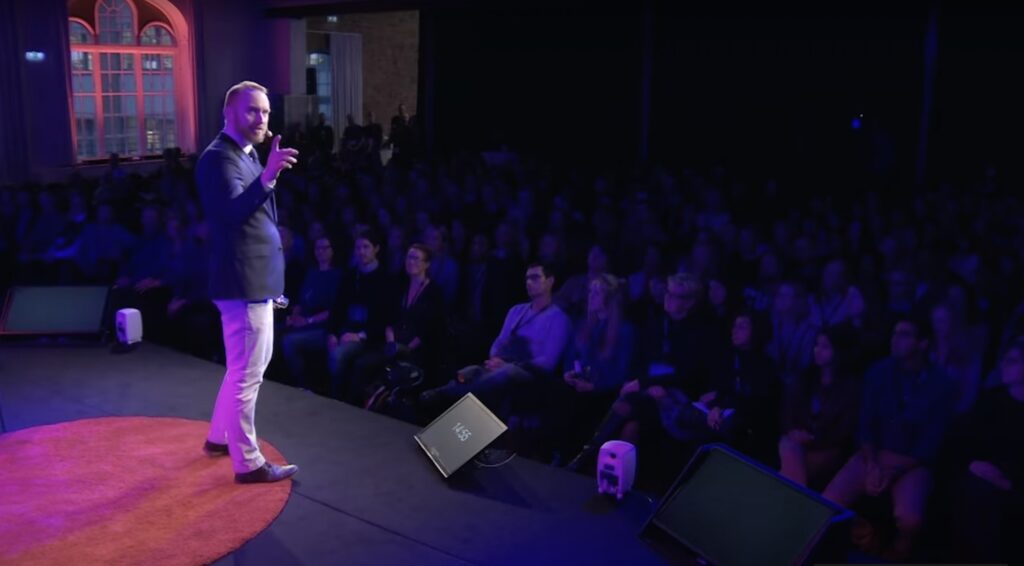
But telling stories also requires students to spend more time with our media, and that can be a challenge. I shared the story of Quibi to reinforce how even 10-minutes videos fall awkwardly between short videos (that require less commitment) and long videos that rival media choices with higher production values and well-crafted stories (well, some of the time).
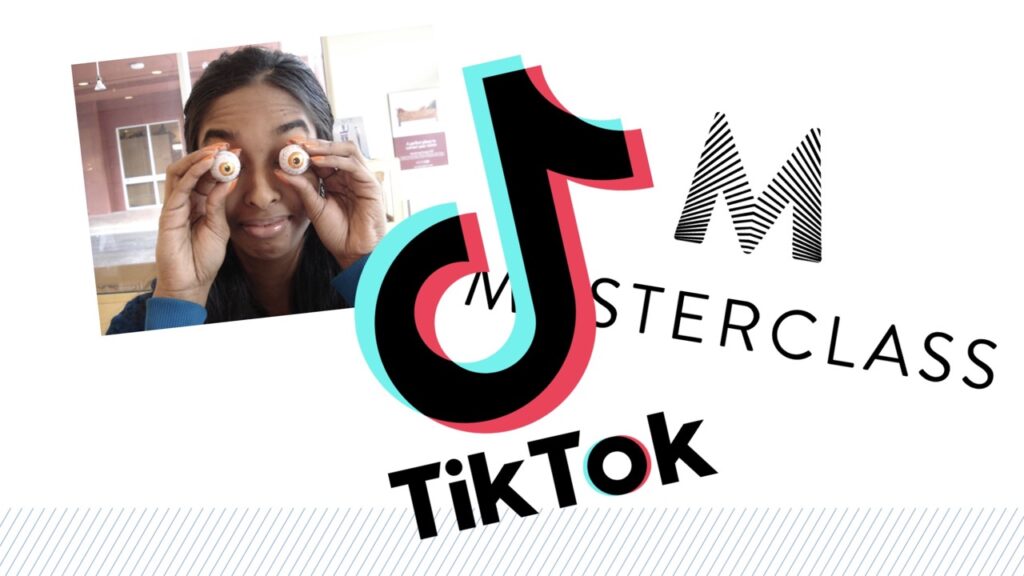
A Call to Action
What’s the best way forward? It’s up to each faculty member to wrestle with this issue, but I challenged everyone to try to bring a story into lectures that are longer than 10 minutes.
After sharing a personal example, I asked everyone to reflect on a time or experience in their life that led them on their academic journey. I thought it would be helpful to experience this work of identifying possible stories, even though it can be frustrating sifting through memories and making connections to subject matter! And further complicating the path ahead, a professor will need a handful of ready-to-use stories to call upon over the course of a semester.
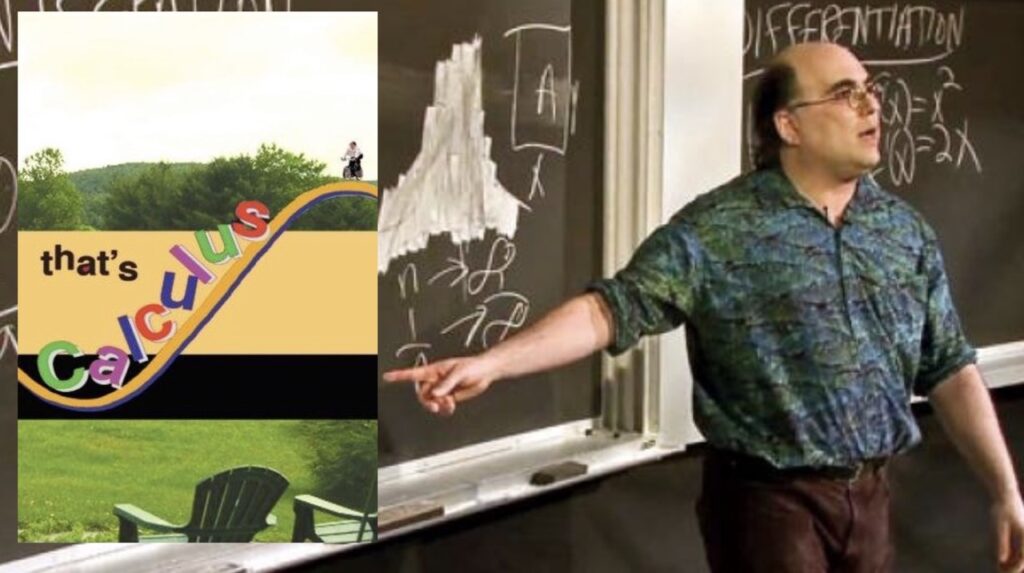
For the final part of my presentation, I reviewed the resources and services of the Online Learning Center, and invited faculty to seek our help in bringing stories into their videos.
What do you think? When and how can educators use stories to create the conditions for learning?
How can schools, colleges, and universities offer sophisticated, up-to-date, and effective curriculum across diverse disciplines without relying on Publishers? While this is sometimes an informal faculty role (e.g., creating presentations, sharing original research), it is rarely a formal one. Could it be an administrative or library responsibility? Or is it just too hard to pivot away from Publishers?

My current role at Pace University has me thinking about multimodal curriculum on a daily basis. Using Open Education Resources (“OER”) is one response, but it is problematic (or, at least incomplete) in several ways. For one, if institutions rely heavily on open content, how do they distinguish themselves in the marketplace? (Maybe they don’t, but that’s another discussion.) And another issue: what kind of systems are in place to keep underlying resources up to date and accurate? And how are they jig-sawed together into a coherent whole? A university’s response must either be ad hoc, or rely on intermediary companies that prepare and deliver these open resources.
But the obvious alternative to using open educational resources as curriculum is for colleges and universities to produce their own. Assuming faculty have the appropriate expertise, the primary hurdle is the sheer time involved in producing and maintaining content. I think multimedia – and multimodal curriculum – will be the game changer here. I will be writing about new approaches to the development, production, and maintenance of multimodal content in the future.
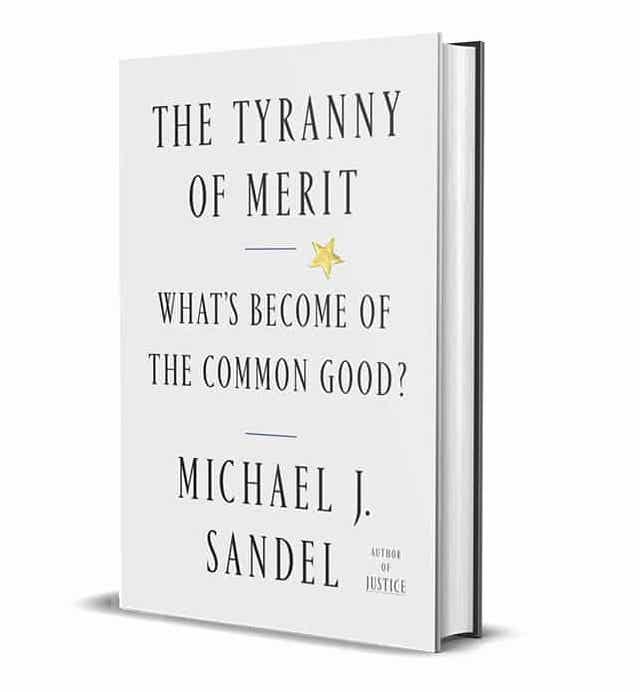
Meritocracy is a popular nonfiction topic these days, with Sandel’s book published on the heels of Markovits’ 2019’s “The Meritocracy Trap“. Indeed the backlash against so-called elitism gives us a lot to think about.
Reflecting on meritocracy in general (and technocracy in particular), I am reminded of Churchill’s remark that “democracy is the worst form of government – except for all the others that have been tried.”
Sandel outlines some really damning outcomes of the rise of meritocracy and the “rhetoric of rising” in the U.S. For me, foremost on the list is the rising fiscal inequality that benefits from our broad acceptance of meritocracy, and acquiescence to all its forms (e.g., across diverse domains). High academic achievement, he argues, has become a basis of meritocratic hubris. Having rooted itself in our schools and universities, this by-product of education has been cashed out as an all-encompassing ticket to wealth accumulation.
The singularly-American obsession with self-made wealth has fused with academic achievement. This has led to a broad deterioration of our mid-20th century, quasi-egalitarian social fabric – the weakening of our ability to communally value goods that exist apart from academic achievement. But what, we might ask, are those?
Academic achievement has become expansive in an interesting (if confounding) way. Reading, writing, and arithmetic have been foundational to public education for about 150 years. And one might add religion. But the study and practice of the visual arts, music, and athletics have all come under the umbrella of formal education as well, to say nothing of the social sciences and related humanities sub-disciplines. Colleges and universities have become all-encompassing amalgams of evaluation and accreditation. Almost anything humans celebrate as worth doing has been incorporated into the curriculum.
And so, education has become a proxy and a symbol for doing anything seriously. The obvious cause of this is that we are taking our activities seriously: discussing, researching, evaluating, and sharing our actions and beliefs in every domain we can. On the face of it, this seems like a wonderful trend. But Sandel and others have revealed the folly of this path: negative feedback loops. A resentful underclass. A self-assured-yet-neurotic elite. And growing inequality.
What kind of correctives can allow us to keep the benefits of comprehensive education but mitigate the negative outcomes?
As Sandel notes, the so-called liberal elite have promoted the solution of more education for half a century. Higher education for all. Lifelong training (and retraining). Career pathways. But he suggests this path has deepened political divisions by doubling-down on education without improving social and economic outcomes for most. The political and economic problems of the present therefore point us to wealth redistribution as a solution. Notably, the solution of taxing the rich and creating educational opportunities for the poor fits this model perfectly.
If increasing educational opportunities for all is a minimal approach, then the fantasy of a social state is the strong one. But the solution of taxing the rich so as to entirely remove economic inequality clearly collides with our collective “dream” of self-reliance, to say nothing of our collective fantasies about capitalism. This tension arguably forms one of the deepest divisions between “conservative” and “liberal” approaches to governance.
What else can be done? What about the possibilities for reengineering education itself?
There are many visions of education that do not reify the value of grades and ranked outcomes – those special distillations of education that are bound up in capitalist fantasies of competition and financial success. Can we build a new foundation of collaborative action? Can we be guided by vision of collective success and shared outcomes?
To do so would be to embark on a mission to simultaneously recreate constraints for capitalism that betray our shared values that led us to educational excellence in the first place: curiosity, discovery, and knowledge. To do so would be to exit the casino and join cooperative projects. This is happening all around us, of course – the future that’s here, but unequally distributed. If it’s happening both with and without education, how can we shine a stronger light on it? Can we trace it as a solution to our meritocratic ills?
To take this path is a leap of faith. Choosing collective outcomes over individual ones. This chafes with our current capitalist optimism. It presents us with an even greater reckoning:
Can we live under the tyranny of shared endeavors, but still experience freedom as the well-educated wealthy elite now ostensibly enjoy? How long will it take us to reimagine so-called freedom as such?
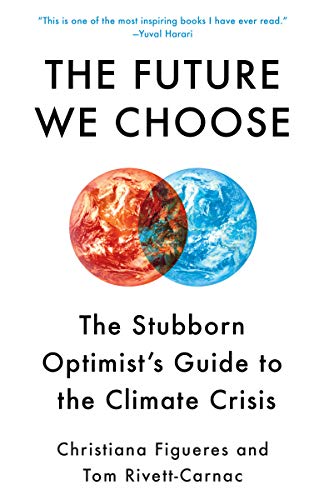
I’m currently reading and being inspired by The Future We Choose by Christiana Figueres and Tom Rivett-Carnac.
An important theme is that optimism (about the climate crisis or anything else) is a requirement for change, and not (only) a result of progress. Since I find myself too often on the side of pessimism, I need to take in this perspective.
It’s made me think about how the twin themes of optimism and the climate crisis can be adopted into art education at any level. Observing the natural world is a great foundational skill, and adding a layer of communication about environmental change (and conservation!) is a great challenge.
What would you make to promote climate optimism?
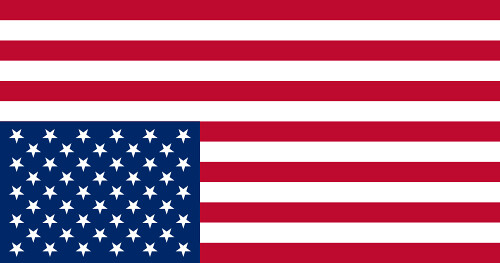
As Naomi Klein eloquently states in her book The Shock Doctrine, social and political instability has been used to push anti-government agendas. This has been very bad for liberal democracy in America, especially during the past 40 years. Now, with a global pandemic surging in America, related economic strife, heightened partisan rancor, and an upcoming election that is bound to test our trust of democratic systems, will instability develop into a breakdown of democratic systems? (And would this be the culmination of 40 years of Neoliberalism or the end thereof?)
Discussions about a “Second Civil War” are alarming (to say the least), and appear to be predominantly emanating from so-called “right-wing Bugaboo” movement, fueled by grassroots Qanon conspiracy pushers, big media like Fox News, and the Republican Administration’s blatant promotion of militarism and white, patriarchal nationalism. Add to this America’s nearly 400,000,000 guns in the hands of its citizens, and the idea of “war” suddenly seems more concrete than merely rhetorical.
But is it enough to break down American democracy to the point of irreparable procedural damage?
As I write this, government leaders are listening to epidemiologists (well, not all “leaders”) and “cancelling everything.” This is a prudent course of action, especially while we learn more about the novel coronavirus and gather evidence about COVID-19. Knowing more about how fatal it is will help us all make sound choices about how to proceed from here.
But how cautious are we prepared to be? If, for example, we learn that the fatality rate is lower than currently feared (1-5%), and more closely resembles the seasonal flu (if slightly higher), how will we proceed?
I’ll be looking to leadership by American Governors to make good choices, and hoping they act in coordination with fellow State leaders.
I’ll expect Federal government to make major fiscal missteps that benefit wealthy Americans at the expense of poor Americans. I wish this was not the case, but it is (and racist as well).
I hope Americans will learn to take the public good more seriously in the future, especially with regard to universal healthcare and paid sick leave on par with the world’s most compassionate nations.
And, lastly, I hope we continue to vote out liars, warmongers, and thieves.